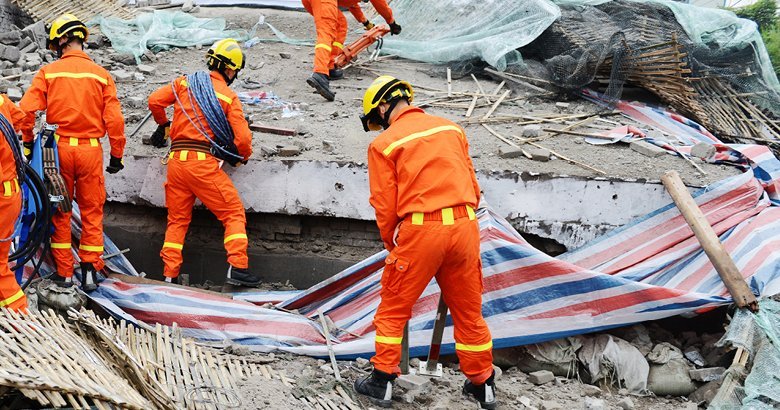Every year some 90,000 people around the world are killed by natural disasters, and another 160 million people are affected. When natural disaster strikes, maintaining clear lines of communication with the affected populace is key.
From earthquakes, tsunamis, volcanic eruptions, landslides, hurricanes, floods, wildfires, heatwaves and droughts, natural disasters often result in the destruction of conventional modes of communication such as phone lines.
Areas affected and populaces affected by natural disasters often see a surge in internet and social media usage by victims and witnesses documenting the event.
Analyzing and understanding unorganized social media and internet big data can enable governments and relevant authorities to identify trends in affected areas, and more importantly, maintain lines of communication with affected citizens.
The use of social media by victims of natural disasters help provide rescue workers with real-time information and can help authorities and relevant organizations understand the severity of the situation and to allocate resources to affected areas.
In a recent hurricane, the use of Cobwebs Technologies’ proprietary WEBINT platform enabled the emergency response team to identify trapped and stranded individuals and acquire their locations based on their digital footprints, empowering the emergency response team to quickly send help and maintain complete situational awareness.
The use of the platform which analyzed social media posts by victims also provided rescue workers and authorities with real-time information based on geographic data and helped identify where people had been trapped or stranded and were in need of rescue.
During the hurricane, the tools provided by Cobwebs allowed rescue services to not only obtain information on the situation on the ground caused by the disaster but also to effectively handle and properly contain the panic which ensued from it.
With the aid of Cobwebs platforms, authorities were able to coordinate effective and swift emergency response in affected areas and maintain open lines of communication with the populace.
